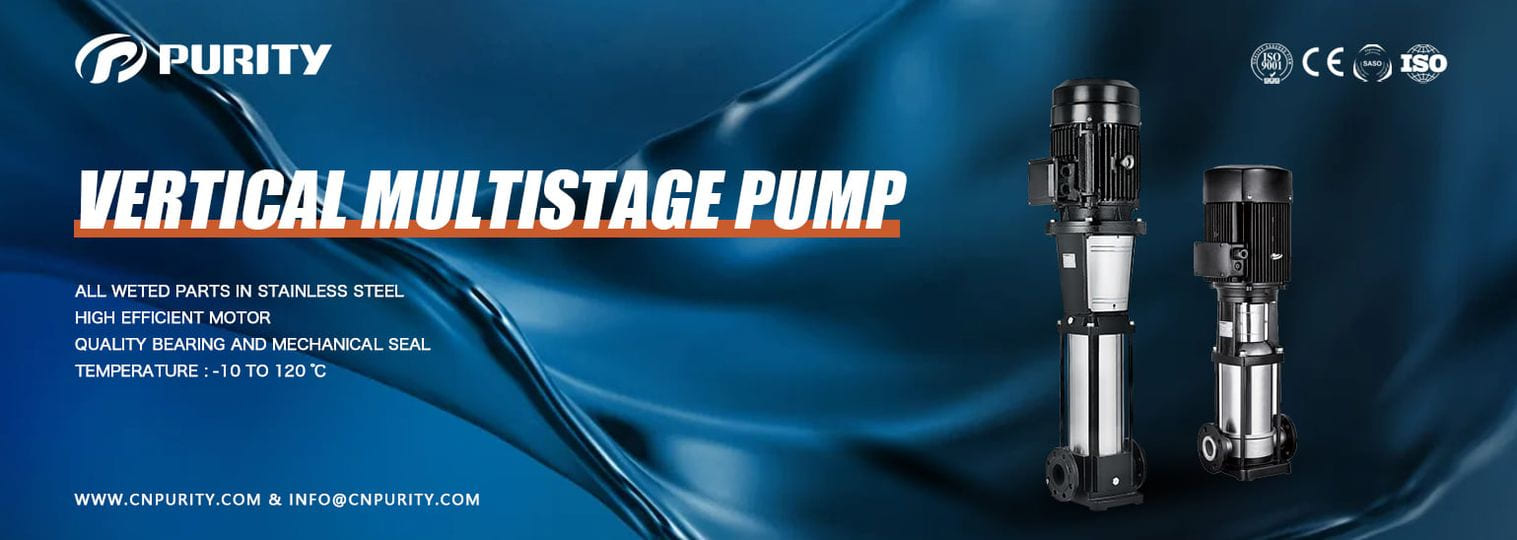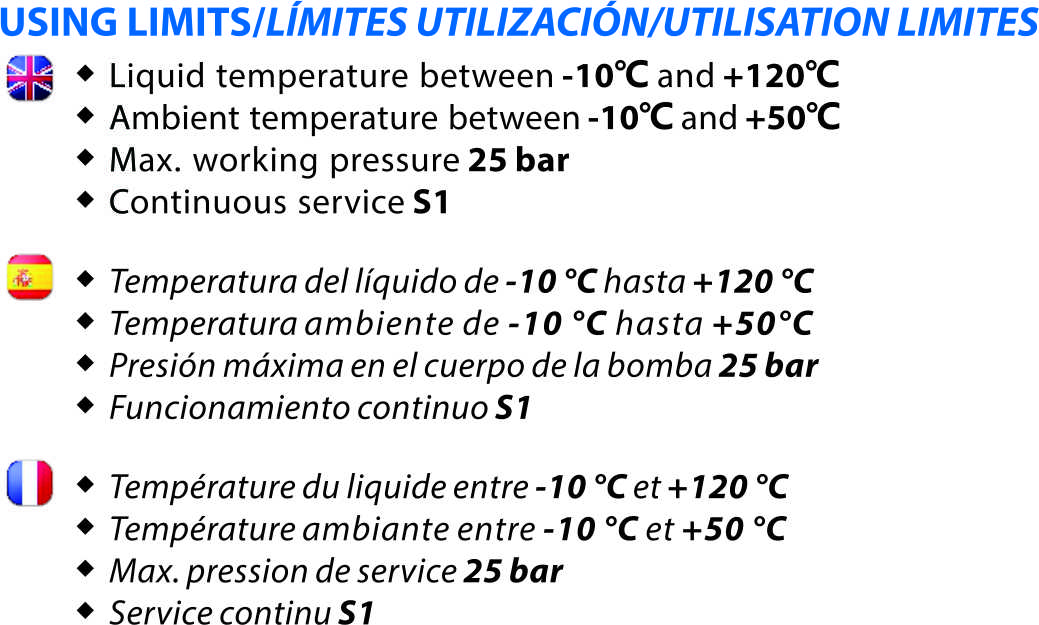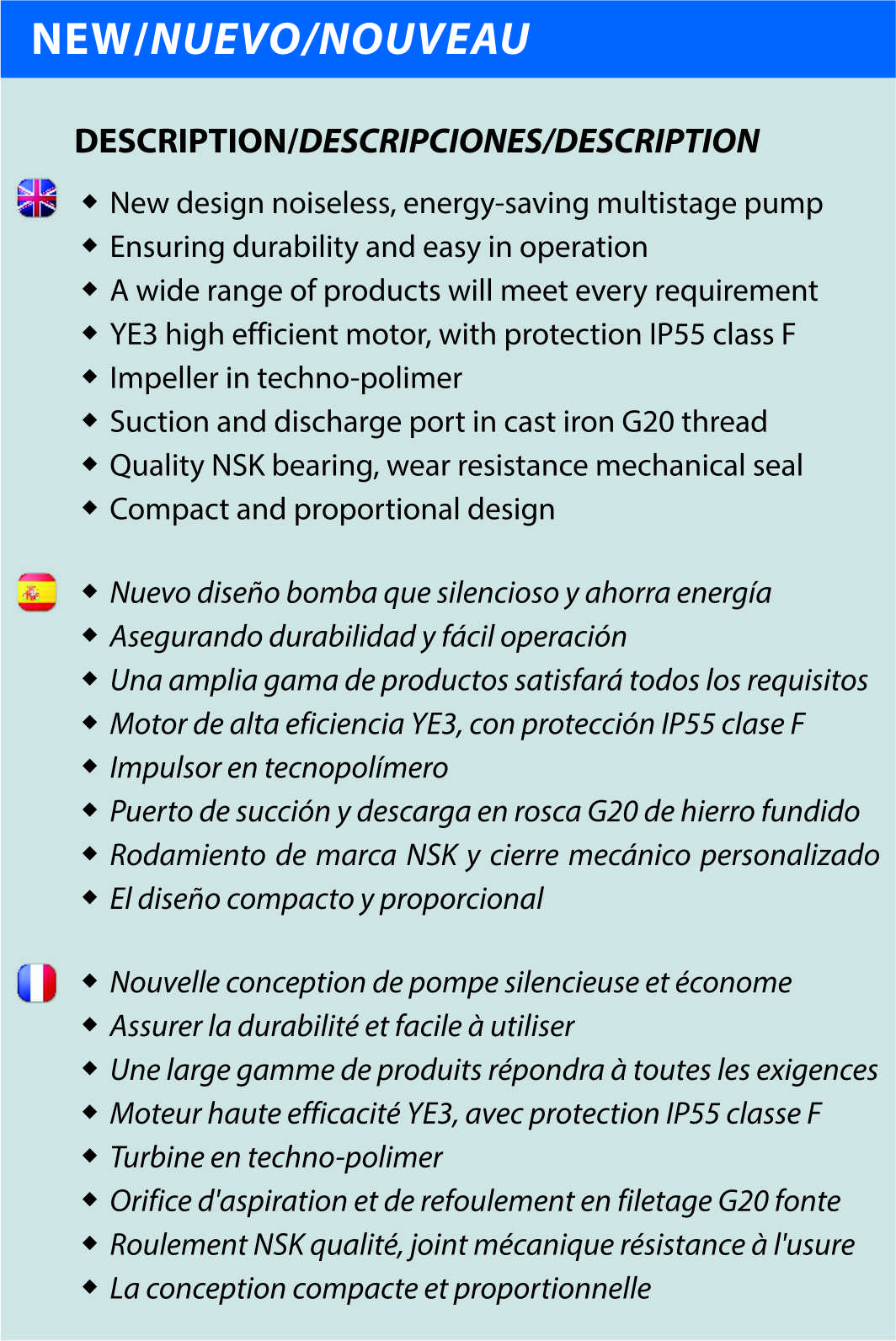Jockey pumps play a crucial role in various water systems, particularly in maintaining consistent pressure and preventing potential failures due to leaks or temperature fluctuations. This article will explore the purpose and functionality of jockey pumps, their necessity, and the different types available in the market, providing a comprehensive understanding of how these pumps maintain pressure effectively.

Picture|PURITY- jockeying pump
Jockey pumps, also known as pressure maintenance pumps, are small pumps that are designed to maintain pressure in a water system. Their primary function is to compensate for small pressure drops that occur due to minor leaks, temperature changes, or other small-scale issues. By doing so, they ensure that the main pump does not have to start frequently, which can lead to wear and tear and ultimately reduce its lifespan.
(1)Preventing Main Pump Wear**: By handling minor pressure fluctuations, jockey pumps reduce the number of starts and stops of the main pump, thereby extending its operational life.
(2)Maintaining System Integrity**: Continuous pressure maintenance helps prevent issues related to pressure drops, such as water hammer or air entrapment, which can damage the system.
(3)Energy Efficiency**: Jockey pumps are typically smaller and more energy-efficient than main pumps, ensuring that the system operates economically.
Picture|Conditions for use of jockey pump
The necessity of jockey pumps in maintaining uniform water pump operation and high water pressure cannot be overstated. In systems where maintaining a constant pressure is critical, such as in fire protection systems, HVAC systems, and irrigation systems, jockey pumps ensure reliability and efficiency.
(1)Regenerative Turbine Pumps: These pumps are known for their ability to handle high pressures and are ideal for systems requiring precise pressure maintenance. They are compact, efficient, and can handle small amounts of air or vapor, making them versatile for various applications.
(2)Vertical Multistage Pumps: These pumps consist of multiple impellers mounted on a vertical shaft. They are suitable for high-pressure applications and offer excellent efficiency and reliability. Their vertical design also saves space, making them ideal for installations where space is a constraint.
(3)Submersible Multistage Pumps: Designed to be submerged in water, these pumps are typically used in applications where the pump needs to be located within the water source, such as wells or underground tanks. They are highly efficient and can handle high pressures, making them suitable for deep well applications and other similar uses.
Picture|Purity jockeying pump description
Jockey pumps are essential components in maintaining the pressure of water systems, ensuring their efficient and reliable operation. They prevent frequent start-ups of the main pump, thereby extending its life, and maintain the necessary pressure to avoid system failures. By understanding the different types of jockey pumps and their specific functions, users can select the appropriate pump for their needs, ensuring optimal performance and longevity of their water systems.
1.Purpose and Functionality
2.Key Functions

3. Necessity of Jockey Pumps
4.Common Types

Conclusion